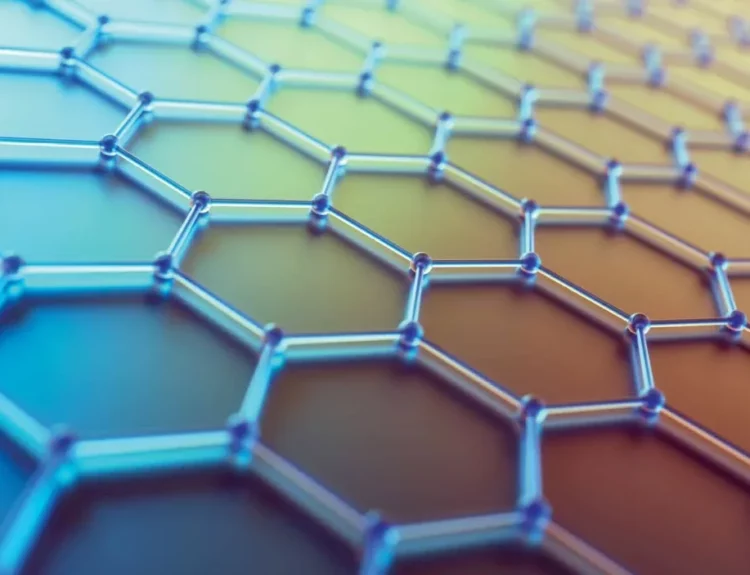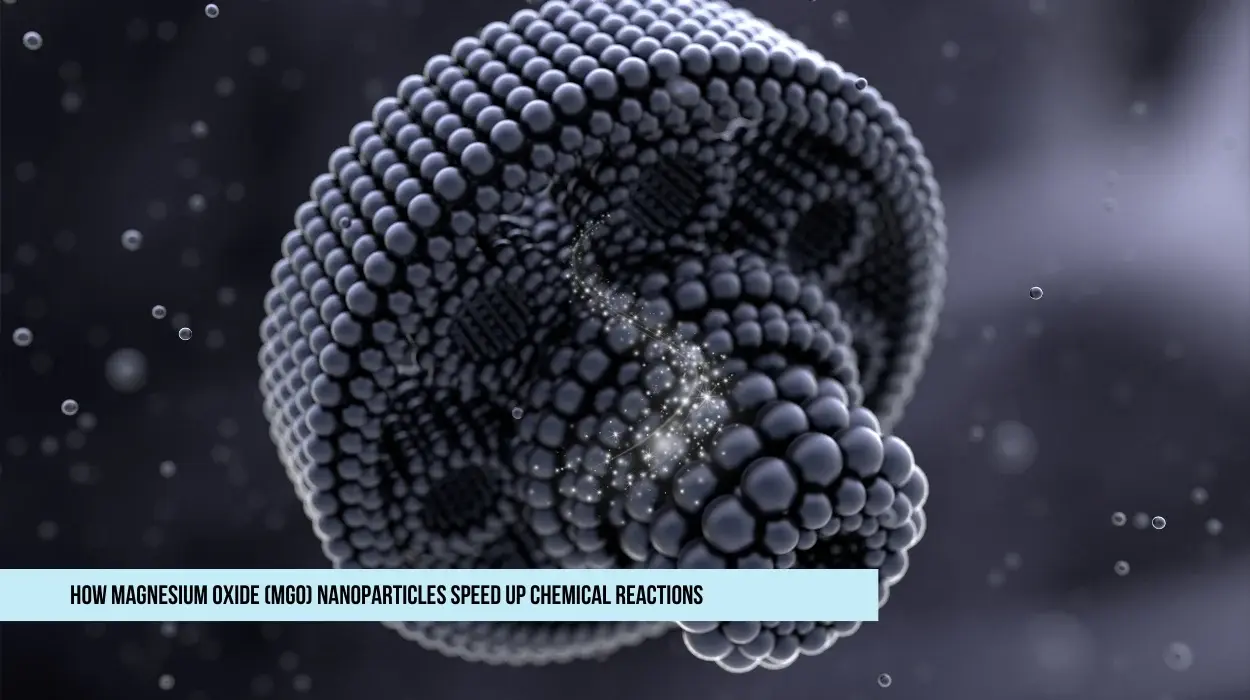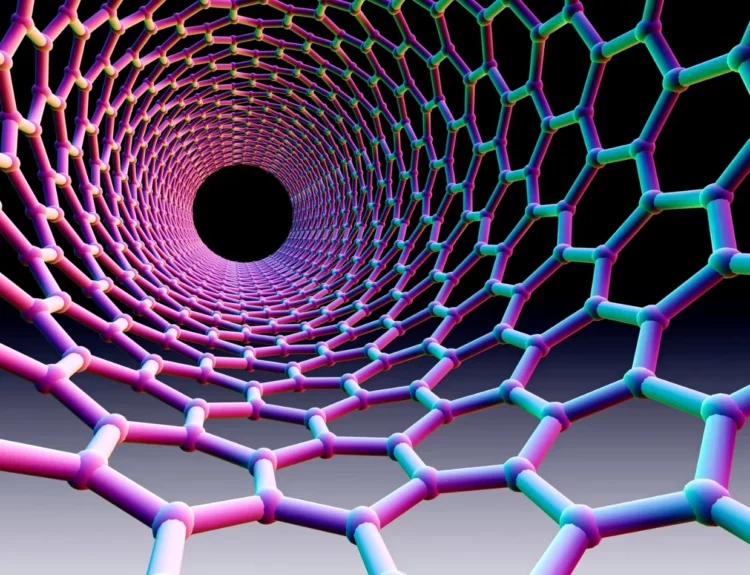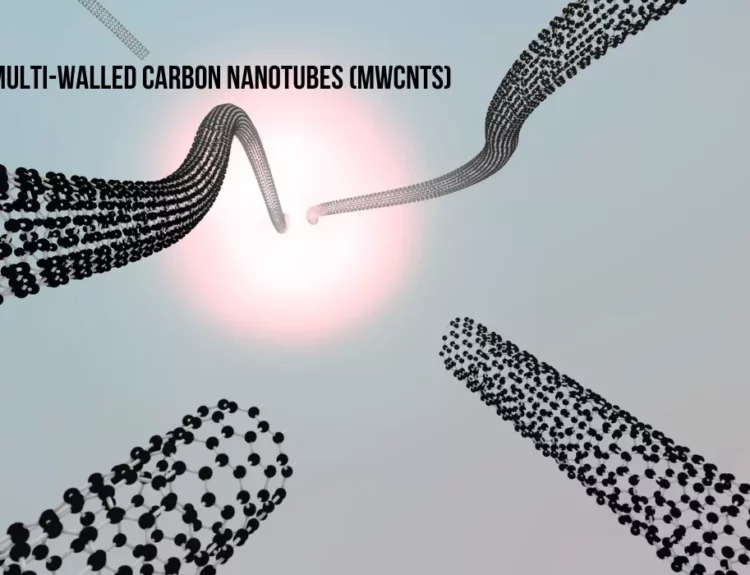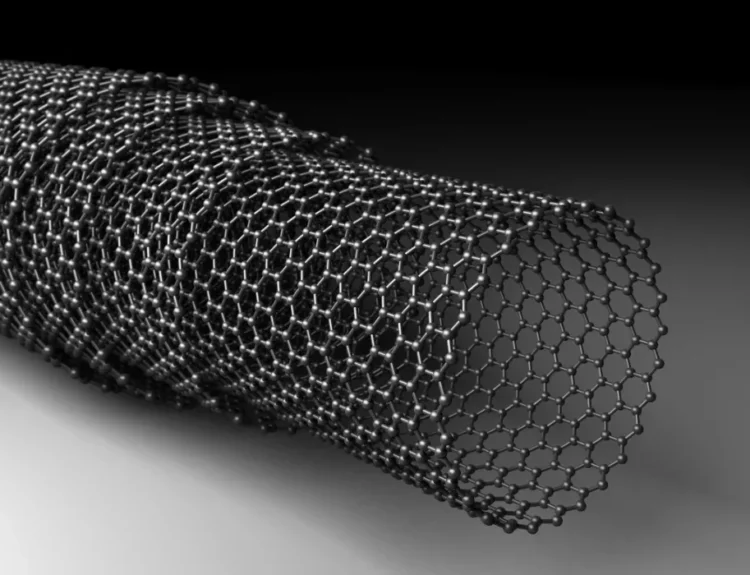Magnesium oxide (MgO) nanoparticles might sound complicated, but think of them as tiny helpers that make chemical reactions faster and more efficient—without getting used up in the process! These nanoparticles are like little workers in a factory, speeding up production while staying ready for the next job.
Why Are MgO Nanoparticles Great at This Job?
Big Surface Area: Imagine a sponge with many holes; more space means more reactions can happen simultaneously.
Heat-Resistant: They stay stable even at high temperatures, perfect for industrial processes.
Eco-Friendly: Unlike some toxic catalysts, MgO is safe and non-polluting.
Cheap & Reusable: They cost less than precious metals like platinum and can be used multiple times.
Purchase Magnesium Oxide Nanoparticles:
Where Are MgO Nanoparticles Used as Catalysts?
Cleaning Up Pollution
- Breaking Down Toxic Dyes: Factories release colored wastewater; MgO nanoparticles help turn these dyes into harmless substances.
- Removing Pesticides: They can break down harmful chemicals in soil and water.
- Fighting Air Pollution: MgO reacts with acidic gases (like CO₂) to clean industrial smoke.
- Example: When sunlight shines on MgO nanoparticles in polluted water, they act like tiny scissors, cutting apart dye molecules until the water becomes clear.
Making Biofuels (Like Biodiesel)
- Usually, turning vegetable oil into Biodiesel takes a long time. But with MgO nanoparticles, the reaction becomes faster and more efficient.
- They help convert used cooking oil into fuel—great for recycling waste!
Producing Medicines & Plastics
- Many drugs and plastics need complex chemical reactions. MgO nanoparticles speed up these processes, saving time and energy.
- They’re also used in making perfumes, flavors, and other fine chemicals.
Hydrogen Energy (Fuel of the Future)
- Hydrogen is a clean fuel, but storing it is tricky. MgO nanoparticles help release hydrogen from chemicals safely.
- They could play a significant role in future renewable energy systems.
Oil Refining
- Crude oil needs processing to become gasoline. MgO helps break down heavy oil into usable fuels.
- They also remove sulfur from fuel, reducing air pollution from cars and factories.
What Makes Them Better Than Other Catalysts?
✔ Safer – No toxic metals like lead or mercury.
✔ Stronger – Don’t break down easily in harsh conditions.
✔ Cheaper – Much more affordable than gold or platinum catalysts.
✔ Recyclable – Can be washed and reused many times.
Challenges & Future Improvements
- Sometimes, these nanoparticles stick together, making them less effective. Scientists are working on coatings to prevent this.
- Researchers also test combinations with other materials (like carbon or silver) to boost their power.
Conclusion:
MgO nanoparticles are like tiny superheroes in chemistry—helping clean the environment, make better fuels, and produce everyday products more efficiently. As science advances, their role in green technology.
